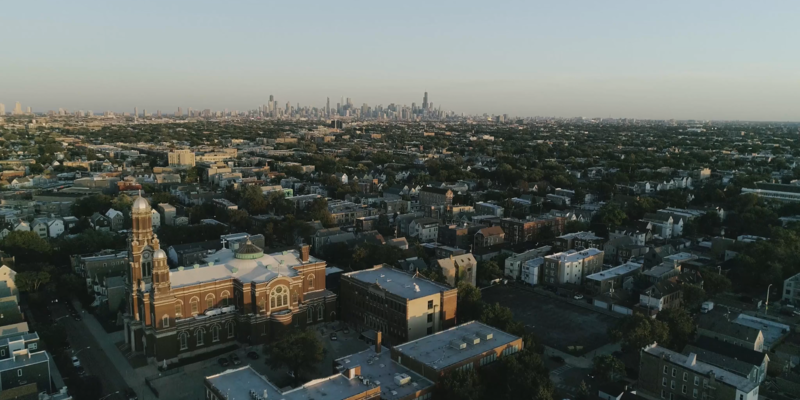Health Lab State Criminal Jurisdiction on Tribal Lands and Drug-Related Mortality
Public Health and Safety Portfolio
It is possible that differences in criminal jurisdiction may be associated with differences in drug-related deaths. When Native American Tribes maintain criminal jurisdiction over their lands, the federal Bureau of Indian Affairs provides funding for the responsible law enforcement agencies. By contrast, when the state obtains criminal jurisdiction over tribal lands via PL 280, the responsible law enforcement agencies are often provided with no additional funding. Reasons for this are manifold but include the fact that Tribal lands are exempt from property taxes. Thus, PL 280 often results in an “unfunded mandate.” As a result, non-Tribal law enforcement agencies must balance the time spent on Tribal lands against the competing priorities of their constituents. Critics of this arrangement argue that state and local law enforcement often neglect Tribes’ needs.
For this project, Health Lab staff are compiling a national, reservation-level dataset of criminal jurisdiction to analyze variation in American Indian and Alaska Native (AIAN) drug-related death rates using multiple cause of mortality microdata from the National Center for Health Statistics. The goal is to understand how reported differences in jurisdiction are associated with Tribes’ differing abilities to regulate substance use and protect their members from drug-related mortality. Preliminary analysis indicates that the AIAN drug related death rate may be higher on reservations where Tribes lack criminal jurisdiction. Further analysis is ongoing in partnership with an attorney who is a member of a Tribe in Wisconsin, and also an expert on AIAN legal issues.





